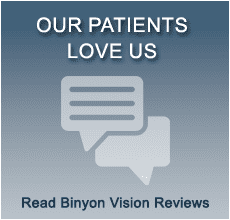Ever since her freshman year of high school, our office manager Calana has experienced debilitating migraines. Officially diagnosed with chronic migraines 17 years ago, she experiences at least 12 migraines a month. Triggered by light, then experiencing extreme light sensitivity, halos, nausea, fatigue, this condition has been very difficult to manage.
Since Calana excels in administrative positions, her work path has led her through a variety of office environments. Working in an office invariably leads to lots of computer time and overhead fluorescent lights. We’re so glad she ended up at Binyon Vision Center because we get the benefit of her talents. Over two years ago, aware of her condition, Dr. McEathron sent an article on this new migraine-relief lens technology to Calana. She pursued a trial of Avulux migraine relief glasses and they have been life changing for her. We hope the Avulux lenses now available at Binyon will also be life changing for more of our patients who deal with migraines.
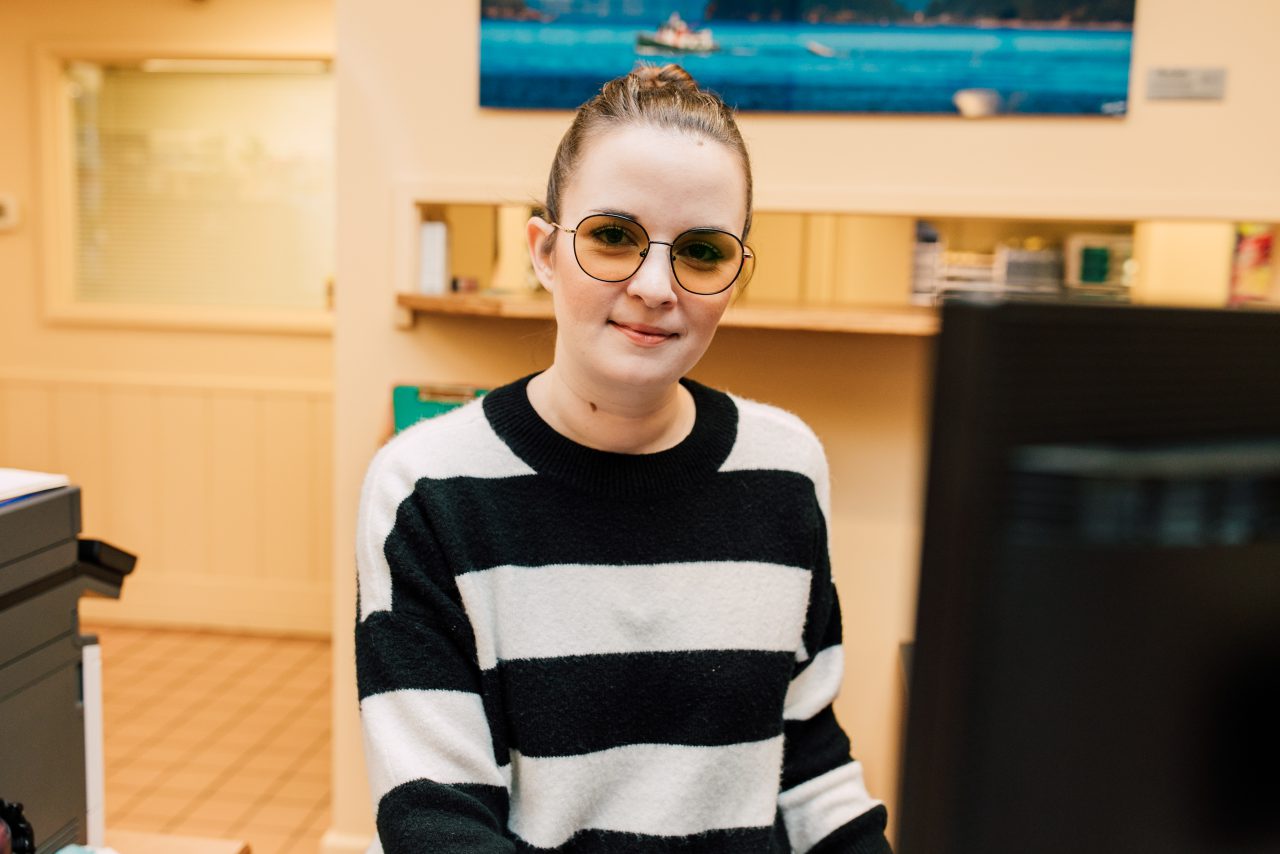
How Avulux lenses work
Avulux lenses uniquely filter out blue, amber and red light, only allowing soothing green light to pass through. Blue and amber light affect cells in your eyes that secrete melanopsin, which can lead to migraine attacks and increase light-triggering pain.
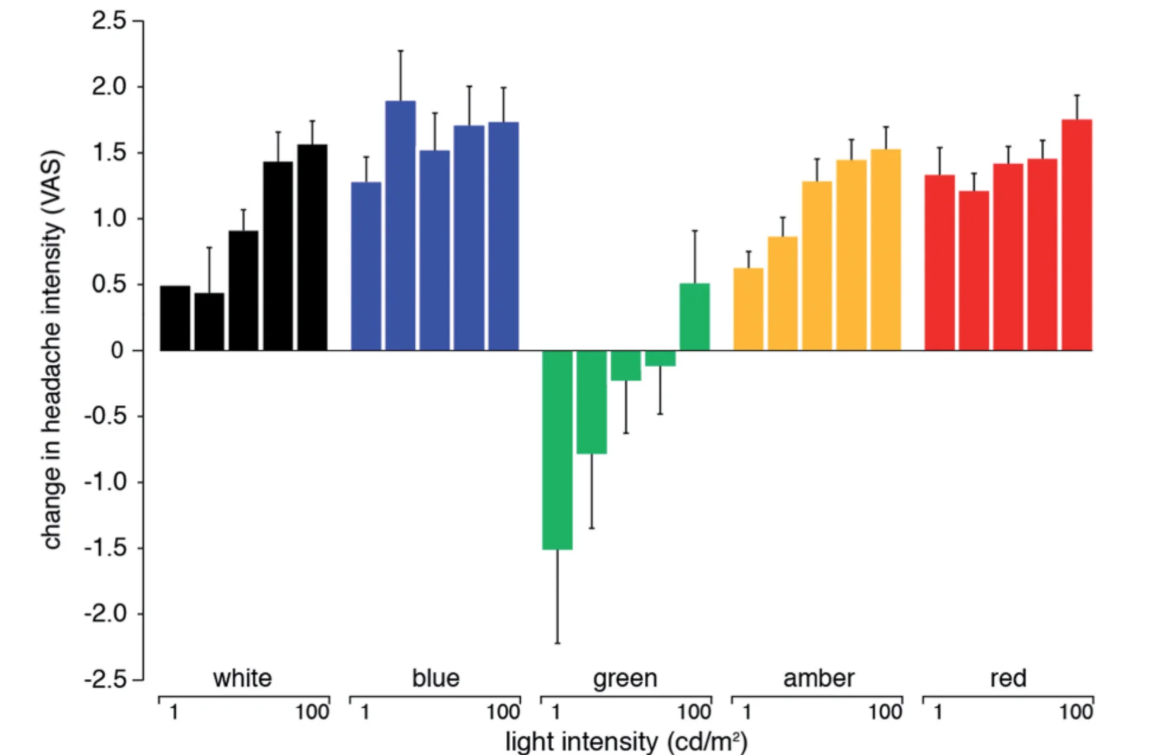
The patented Avulux lens technology removes up to 97% of the triggering wavelengths. An independent, third party study conducted a double blind, placebo controlled study comparing the benefits of wearing Avulux lenses vs. clear plano lenses on patients with regular migraines (reference: https://clinicaltrials.gov/study/NCT04341298). It was found that wearing Avulux in addition to a healthy life style statistically improved symptoms on an 11-point pain scale between 2-4 hours after wearing the lenses. The Avulux lens filter is the most scientifically researched and tested glasses device for migraine symptoms. Over eight years of development have gone into these lenses that are now available in single vision, progressive and plano (no prescription) lenses.

How to use Avulux lenses
Glasses with Avulux lenses can be worn either for preventative measures, or as migraine symptoms start. Calana’s main triggers are overhead lighting and heavy perfume smells. Without doubt, lighting in airports and airplanes have always triggered a migraine during the flight or upon landing. Calana recently traveled for work on two separate occasions and decided to wear her Avalux glasses. On all legs of her journey, she was migraine free! Instead of heading to the hotel to curl up in a dark room- she could go enjoy the sights and sounds of the city she visited. As a preventative measure, Calana wears her Avulux glasses when she is in an environment that triggers her migraines.
In addition- when Calana feels a migraine coming on, she grabs her Avulux glasses. Instead of craving a dark room- she feels relief. After a few minutes, she describes the feeling like when you relax and lower your shoulders- but in her eyes. Because lights are a main trigger for Calana’s migraines, she tried several other “migraine-reducing” glasses on the market and the popular tints. Avulux has been the best solution by far. She also likes that while other glasses distort color, the unique filter in these lenses keep colors true, something important in computer work. While migraines would often send her home from work before- she can keep working.

For more information on Avulux lenses
Binyon Vision Center is the only provider of Avulux lenses north of Seattle and south of Vancouver, BC. Our opticians have been trained in the specifications and fitting of these lenses. We have the ability to create Rx lenses in partnership with Cherry Optical lab in both single vision and progressive lens styles. We can also create a plano (non-Rx) lens and have fitover glasses with Avulux filters to pair with prescription glasses. To schedule time to discuss Avulux lenses with an optician- please call 360-647-2020.
Avulux offers a 60-day return policy for full refund when patients have tried continuous use for two weeks with no relief. Additional resources can be found at https://avulux.com/.



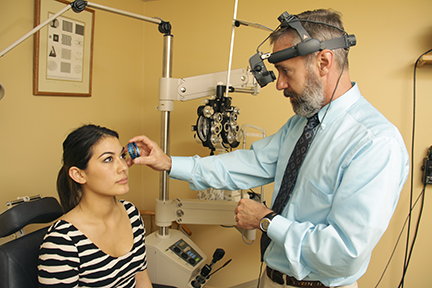
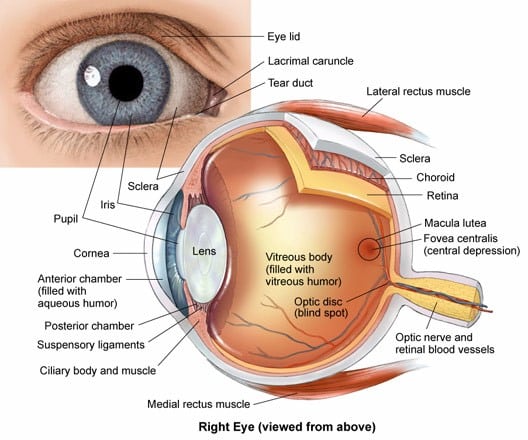
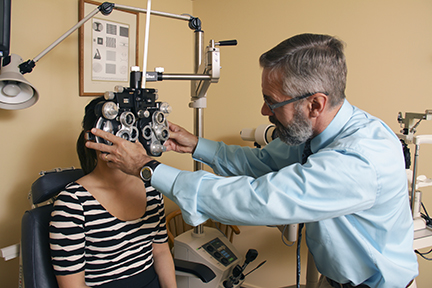
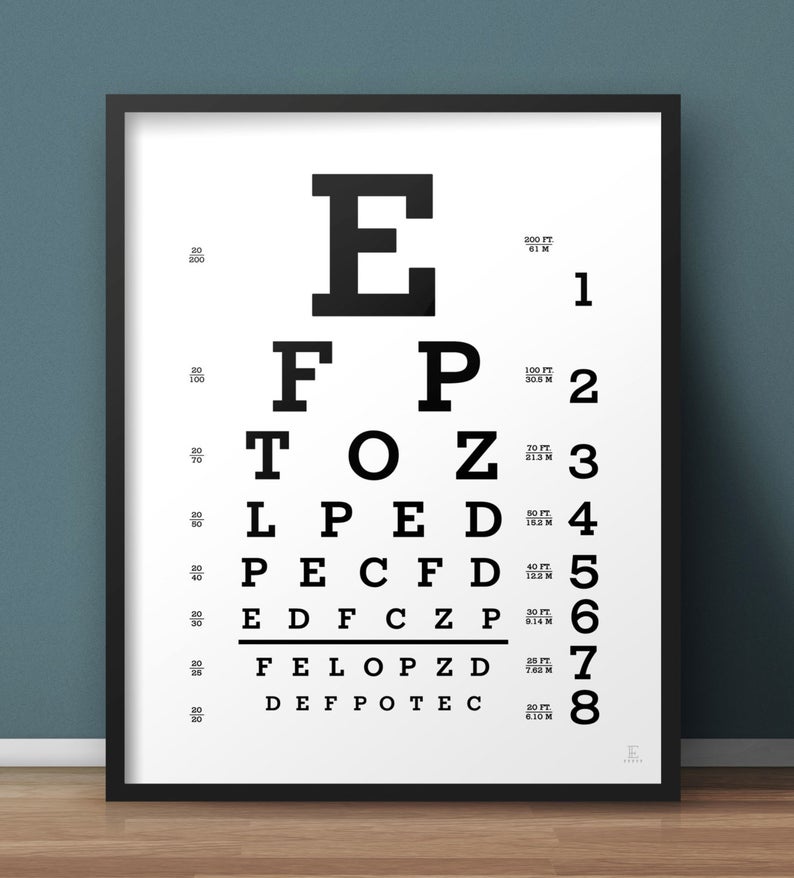


 Shelly was also proactive with an early eye exam for daughter, June.
Shelly was also proactive with an early eye exam for daughter, June. being amazed…
being amazed… I saved my favorite story for last!
I saved my favorite story for last!


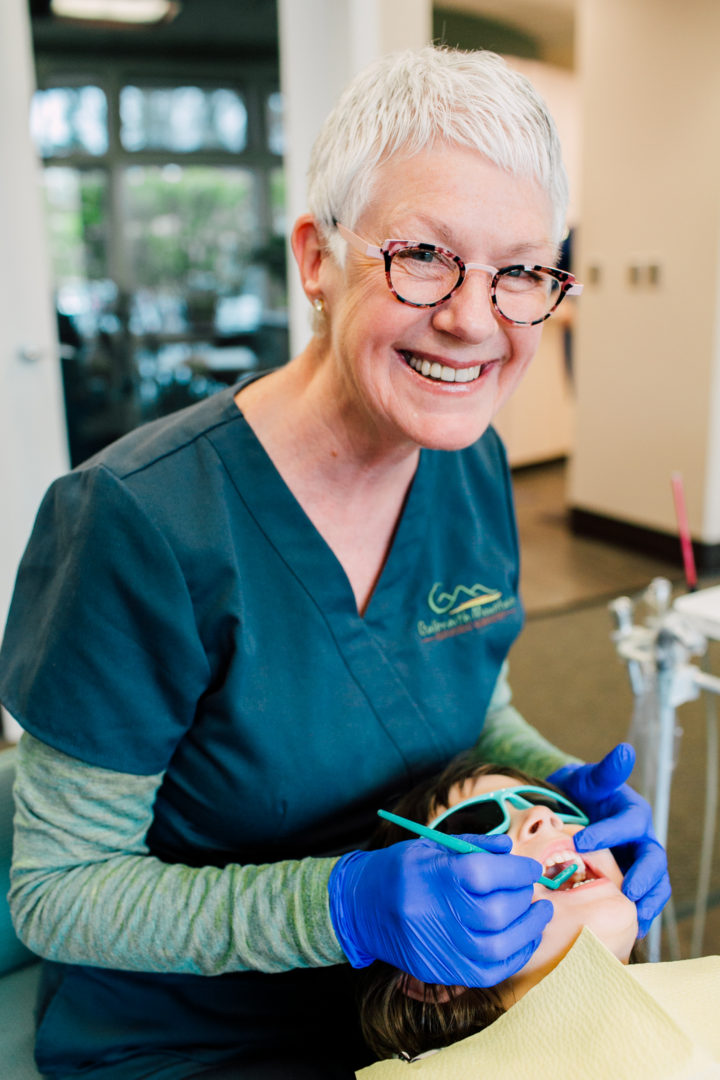
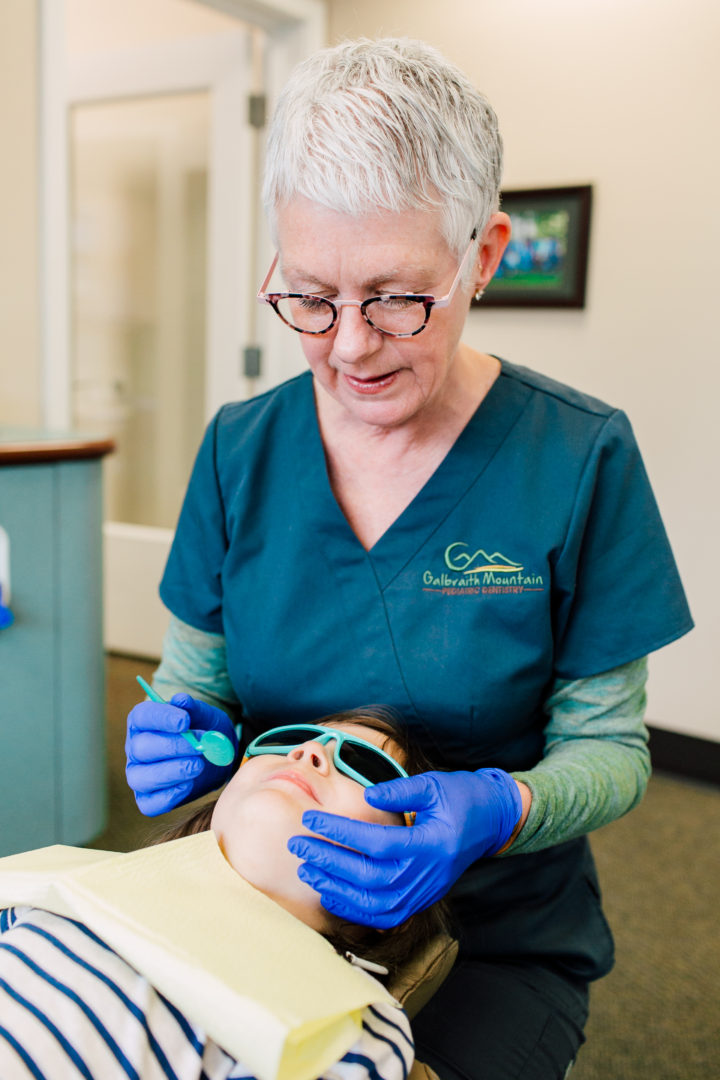
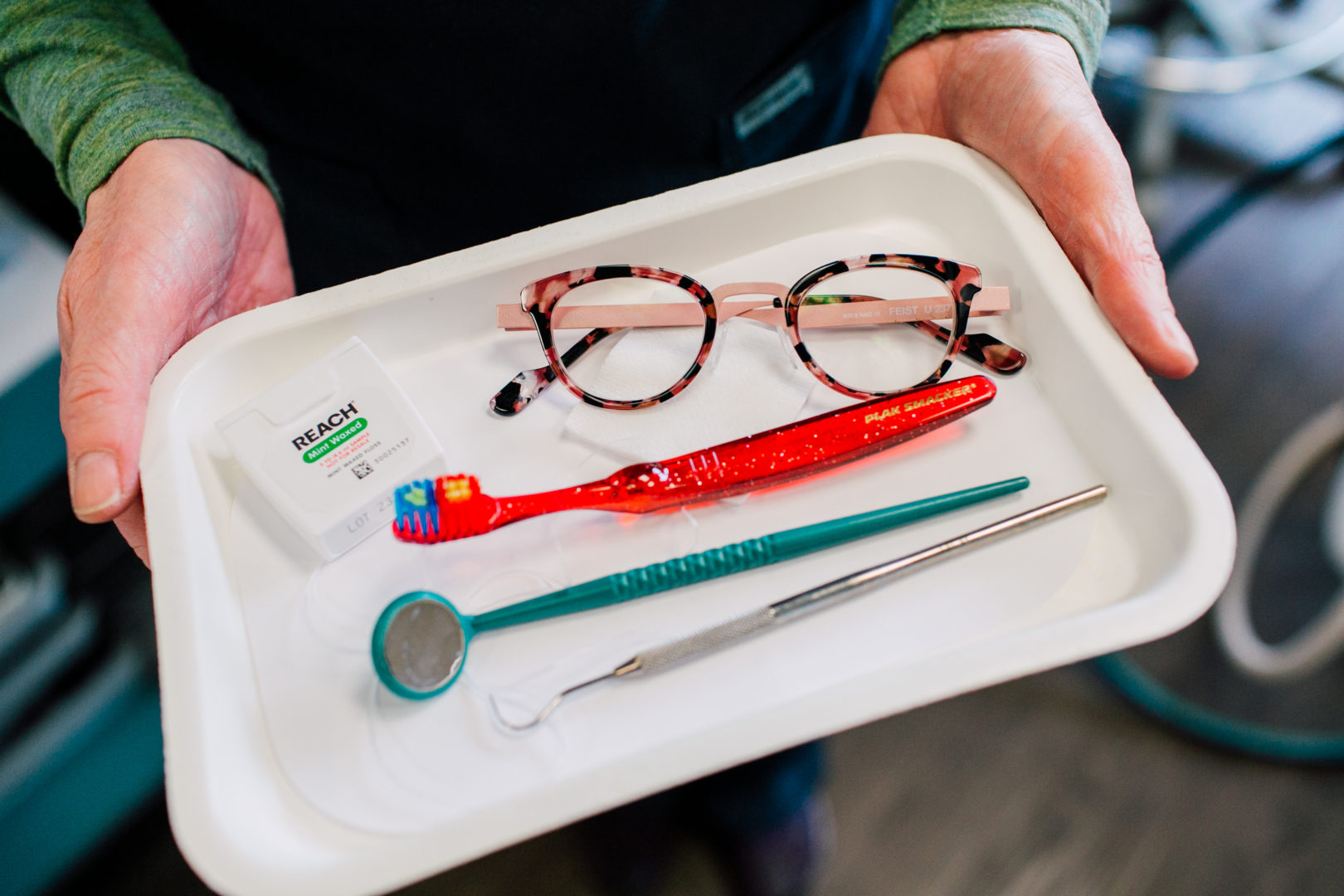
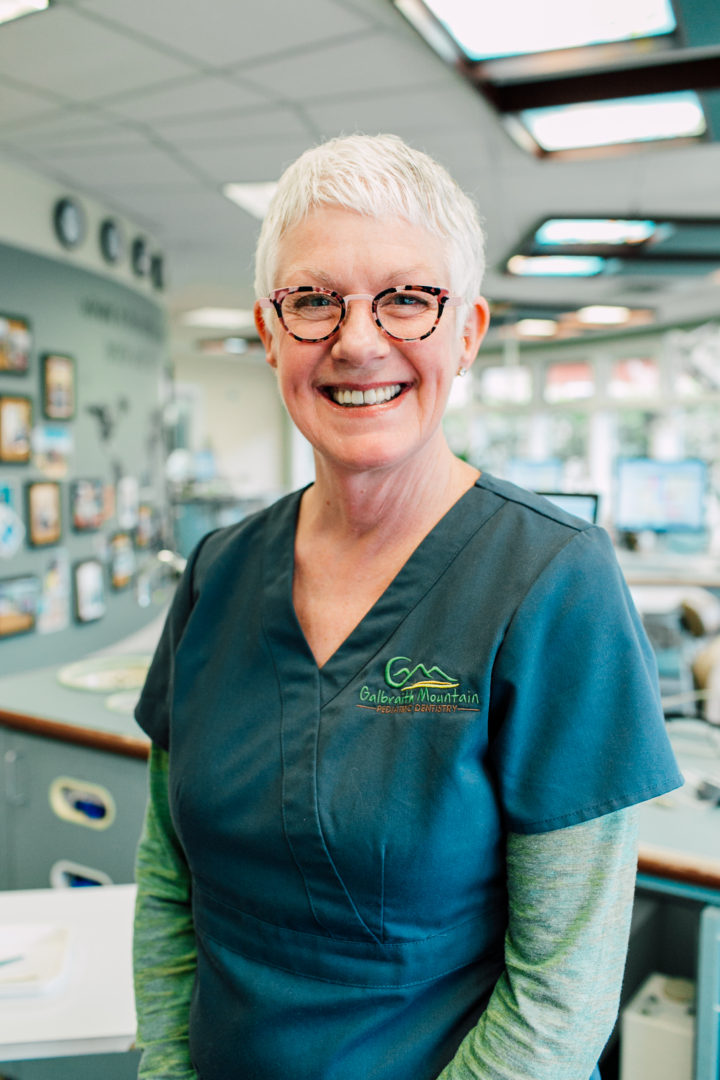
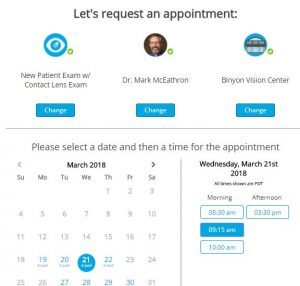 If the appointment time is still available, we will confirm your appointment and you will receive an email saying YES we will see you at this time. If that appointment time does not work for whatever reason we will let you know that we will need to find another time by email (this rarely happens). Give it a try! It’s so easy!
If the appointment time is still available, we will confirm your appointment and you will receive an email saying YES we will see you at this time. If that appointment time does not work for whatever reason we will let you know that we will need to find another time by email (this rarely happens). Give it a try! It’s so easy! Texting is an easy, quick, any time of day way to send us a question or concern. You can text our general phone number: 360-647-2020 and we will respond to you as quickly as possible. We also might reach out with glasses arrival information, insurance information and more using this media. Texting is not a secure messaging platform and could be viewed by third parties. Before sending any confidential HIPAA protected information we will ask for your consent. Let us know if you would like to opt-out of this online patient communication method.
Texting is an easy, quick, any time of day way to send us a question or concern. You can text our general phone number: 360-647-2020 and we will respond to you as quickly as possible. We also might reach out with glasses arrival information, insurance information and more using this media. Texting is not a secure messaging platform and could be viewed by third parties. Before sending any confidential HIPAA protected information we will ask for your consent. Let us know if you would like to opt-out of this online patient communication method. “I can see raindrops on the cars!” – – K, after putting on her contacts for the first time
“I can see raindrops on the cars!” – – K, after putting on her contacts for the first time I can’t believe how trees look- I can see the leaves when before it was a big blob of green.” – – R, 11 years old, first time glasses wearer
I can’t believe how trees look- I can see the leaves when before it was a big blob of green.” – – R, 11 years old, first time glasses wearer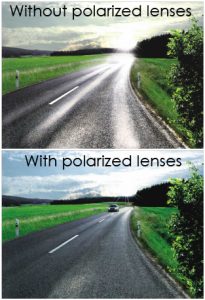 I’ve recently come across some really great explanations of how polarized lenses work to reduce glare – and I hope to shed some light (pun intended) on how these work- so you can hopefully gain a new appreciation of this great technology!
I’ve recently come across some really great explanations of how polarized lenses work to reduce glare – and I hope to shed some light (pun intended) on how these work- so you can hopefully gain a new appreciation of this great technology! Non polarized sunglasses indiscriminately filter all light- horizontal and vertical. They reduce glare but don’t eliminate it.
Non polarized sunglasses indiscriminately filter all light- horizontal and vertical. They reduce glare but don’t eliminate it.
 As you’re preparing for the upcoming school year, it’s important to make sure a comprehensive eye examination is on the family’s to-do list. Kid’s vision can change dramatically from one year to the next and 80% of learning is experienced through vision. Therefore, a thorough eye exam is a necessary step to making sure your child is ready for the school year!
As you’re preparing for the upcoming school year, it’s important to make sure a comprehensive eye examination is on the family’s to-do list. Kid’s vision can change dramatically from one year to the next and 80% of learning is experienced through vision. Therefore, a thorough eye exam is a necessary step to making sure your child is ready for the school year!

